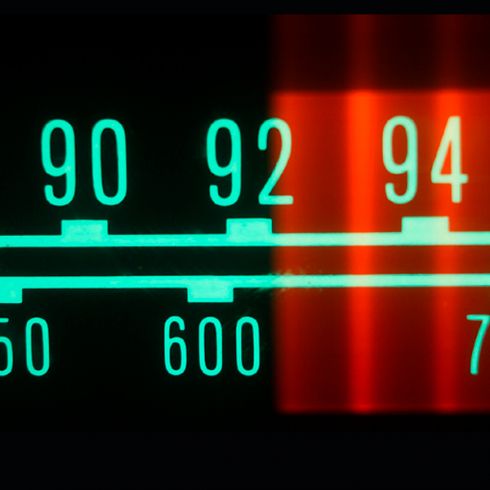
MUMBAI: High hopes are riding across the radio industry with the latest report by CRISIL stating that the FM radio industry has the potential to nearly double its revenue in the next five years. The upward trend, which is attributed to Phase III, will grow from Rs 2,000 crore in 2015 to Rs 3,900 crore in five years time.
A whooping sum of Rs 5,000 crore will be added to the Government’s kitty. If things go as planned by Prime Minister Narendra Modi, the revenue from Phase III will be used to ameliorate poverty.
Going back to the report, it stated that the broadcasters in Phase III offer greater flexibility because they allow ownership of multiple frequencies (or channels/radio stations) in one city and sharing of network infrastructure, and also a 15 years licence period. This will support profitability. Of the 135 frequencies on the block in the first batch, 97 were provisionally won.
CRISIL Ratings senior director Sudip Sural said, “We estimate an overall bounty of around Rs 5,000 crore for the government. This includes Rs 1,150 crore through auction proceeds, another Rs 2,000 crore from migration of existing frequencies from Phase II to Phase III, and an estimated Rs 2,000-2,300 crore from licence fees collected through revenues sharing over 15 years.” Players have bid aggressively this auction, which is why the government has significantly earned more in Phase III as compared to Phase I and Phase II. Phase III will see higher competitive intensity.
Investors in the radio business will not have to wait too long as the break-end period for the radio industry is 7-9 years for big radio companies in metros, and an internal rate of return (IRR) of 11-14 per cent, estimated CRISIL. All the players who entered Tier II and II cities, however, will have to wait a little longer to break-even.
CRISIL added that in “the large ad markets the top radio companies are already operating at peak utilisation and, an addition of one or two incremental frequencies, would keep their ad inventory utilisation as high as 60-65 per cent in the first year.”
CRISIL Ratings director Ravi Nori said, “Moreover, because of low set-up cost for players with established operations, new frequencies will be EBITDA positive from the very first year. However, economic shocks pose a risk to ad rates and can derail our IRR estimates. Tier-II cities would need longer payback periods of 8-10 years because of relatively lower revenue and profitability potential compared with 7-9 years for metros.”
CRISIL suggested that Tier II cities will have to attract more local advertisers who do not buy in bulk. In Tier II cities, such as Kanpur and Lucknow, ad rates are as low as Rs 250-660 per 10 second slot compared with Rs 1,150 - 1,900 in Delhi or Mumbai. However, investments have also been relatively lower with bid per frequency for Kanpur and Lucknow at Rs 8 - 14 crore in relation to Mumbai and Delhi at Rs 120 - 170 crore, making them attractive but with lower profitability. Furthermore, players that offer bundled portfolio of national and local frequencies as well as other advertising options such as print to advertisers would fare better.